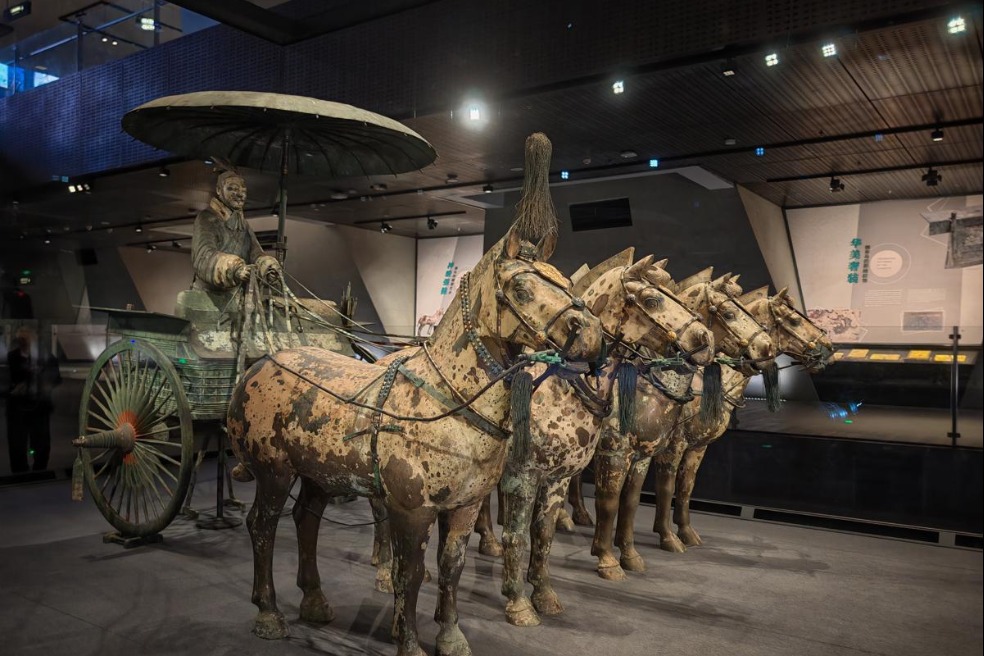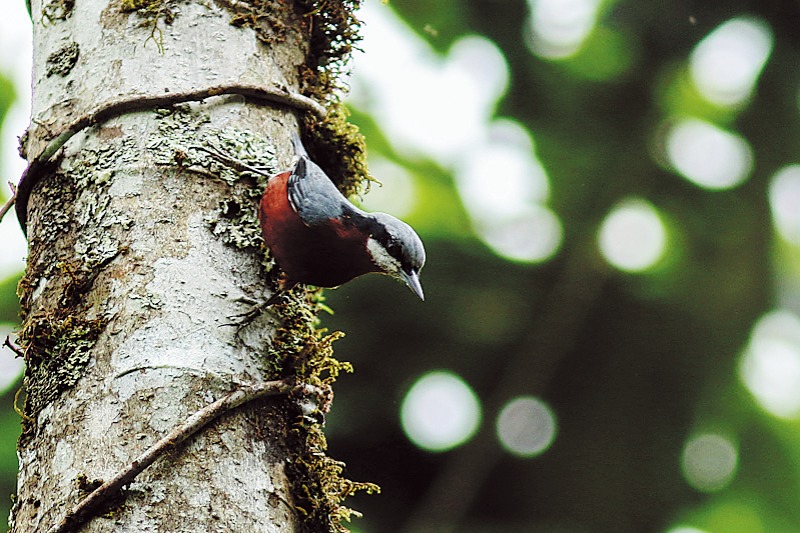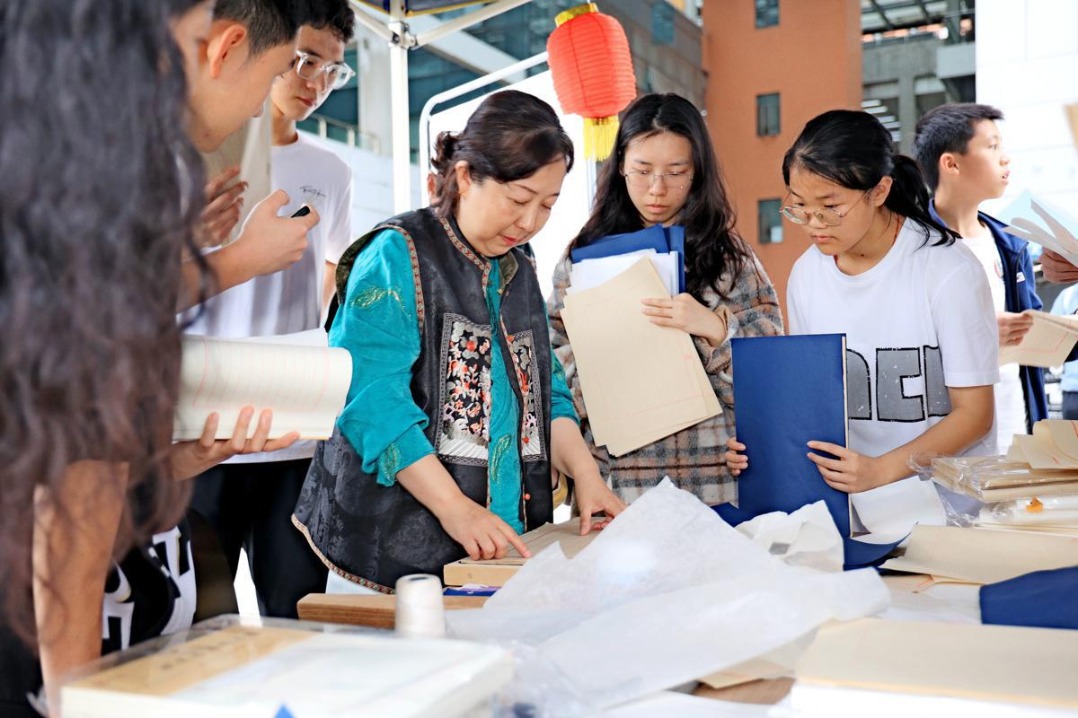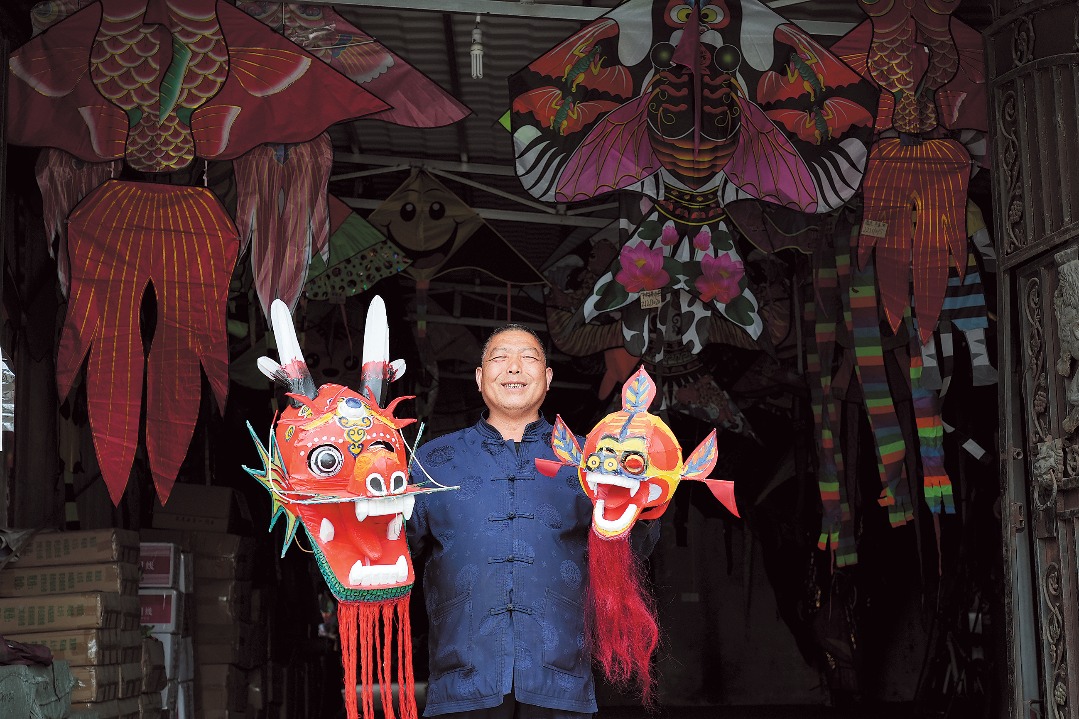Construction begins at Yanqing Olympics hub


The construction of sports venues in Yanqing for the 2022 Beijing Winter Olympics will use high technology to make the Games sustainable, officials said on Thursday.
The planning and design of the Yanqing Zone, one of the three main venue clusters for the 2022 Beijing Winter Olympics, has been completed and the construction work has started, they announced.
Designers said it will not only serve the Games, but also leave a reusable treasure for the local residents.
Yanqing, 74 kilometers northwest of central Beijing, will host several events in 2022, including Alpine skiing, bobsleigh and luge. There will be four venues for the Games in Yanqing - the National Alpine Ski Center, National Sliding Center, Yanqing Olympic Village and mountainous area media center.
The 2022 Winter Olympics will use a total of 26 competition and noncompetition venues in Beijing's downtown, Yanqing and co-host city Zhangjiakou in Hebei province.
By year's end, half of the construction on the National Alpine Ski Center and 35 percent on the National Sliding Center will be finished, Yu Dequan, head of the construction office in Yanqing Zone, said on Thursday. By the end of 2019, the National Alpine Ski Center will meet test event requirements by the standards of the International Olympic Committee.
Li Xinggang, the venues' chief architect, who was head of the Chinese portion of the design team for the Beijing National Stadium - also called the Bird's Nest - for the 2008 Beijing Olympics, said China aims to build world-class venues and infrastructure to host a green Games with sustainable development for local residents.
"The buildings will embody a design philosophy of integrating with nature while being compact, convenient, green and embellished with unique Chinese characteristics," Li said.
Given the high mountains and dense forests in the Yanqing region, its venues will be the "most challenging buildings designwise in Winter Olympics history because they must have all the functionalities of world-class sporting venues but also with minimal disturbance to the original landscape", Li said.
To do that, engineers must rigorously survey the landscape, create building parts that best fit the existing space and assemble them on the spot, Li said. Once the Olympics is over, unnecessary buildings can be easily dismantled for recycling or reuse, thus restoring the original ecology.
"Architecture is frozen music. It has beats and rhythm that can evoke people's emotions and affect their interactions with the environment," Li said. "We hope people who are not familiar with Chinese culture will enjoy living and working in our facilities and grow to appreciate their rich philosophy and details."
The Olympic Village will provide 1,430 beds for athletes and government officials from abroad. After the games, the facilities will be managed in sustainable and effective ways, serving as high quality, professional venues for top sporting events and a training ground for China's national teams.
"The local residents will see great improvement to their earnings and way of life," Li said. "I want my architecture to not only serve the Olympic Games, but also leave a legacy that can benefit the local people and future generations."
- Chengdu man receives suspended sentence for buying endangered turtle specimen
- Wedding platform in china offers hefty salary for 'wedding surrogate' role
- Co-location boosts rural vitalization in Shandong
- New draft law requires improvement of energy development
- Chongqing Library expert educates students in book restoration techniques
- Xi Jinping on his love of books





































